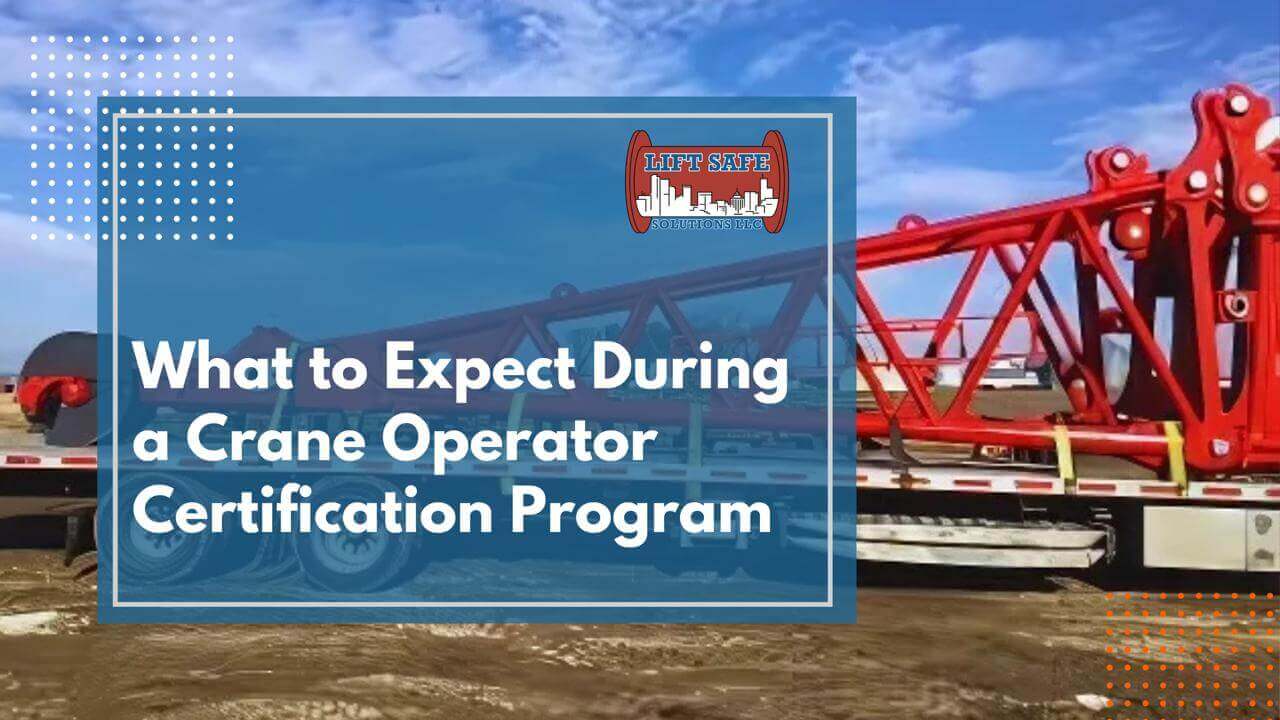Crane operation is one of the most critical—and potentially dangerous—jobs on a construction site. To ensure safety and efficiency, crane operators must be properly certified. Whether you’re entering the field or managing a construction crew, it’s essential to understand what goes into a crane operator certification program and how it impacts safety and project success.
Crane operation is one of the most critical—and potentially dangerous—jobs on a construction site. To ensure safety and efficiency, crane operators must be properly certified. Whether you’re entering the field or managing a construction crew, it’s essential to understand what goes into a crane operator certification program and how it impacts safety and project success.
The certification process typically starts with classroom instruction covering crane components, mechanics, load charts, rigging methods, and federal safety standards. Participants learn how to assess job sites, understand crane dynamics, and properly interpret load charts to avoid overloading or tipping accidents.
Next comes practical training, where operators handle real cranes under supervision. They’ll perform basic lifts, navigate obstacles, and demonstrate proficiency in safe operations. This hands-on experience prepares candidates for the practical exam—one of the final steps before earning certification.
Both written and practical exams are designed to test critical thinking, awareness, and real-world readiness. Many programs are accredited by the National Commission for the Certification of Crane Operators (NCCCO), which is recognized nationwide.
Investing in certification doesn’t just check a box for legal
compliance. It also increases operator confidence, reduces liability,
and leads to smoother operations. Certified operators are more
employable and better equipped to protect themselves and those around
them.
Conclusion:
Getting certified as a crane operator at a top notch Colorado Crane School is a crucial step in building a safe and successful construction career. If you’re looking for a trusted partner to guide you or your team through the certification process, Safe Lift Solutions offers industry-leading training, hands-on support, and expert instruction every step of the way.
